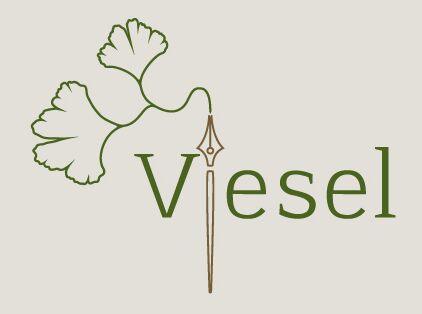Mind, art, and property
What does “public domain” and “Creative Commons” mean?
According to the German Copyright Act (Urheberrechtsgesetz), copying and distributing a text without the consent of the “right holder” is prohibited until 70 years after the death of the author. A translator incidentally is an “author” within the meaning of the law (with regard to their translation).

Legal basis
The most important rules, particular the period of time after the death of the author, are today coordinated at EU level, particularly by the Copyright Term Directive. The Directive was implemented in German law by the German Copyright Act (Urheberrechtsgesetz). One of the most important stipulations of the Act is Section 64: “Copyright expires 70 years after the author’s death.” This rule applies in all EU countries and in Great Britain.
Public domain texts
On 1 January following the 70th anniversary of the author’s death, the rights to his or her texts become freely available to everyone. Anyone can do whatever they like with such texts. This legal status is called “being in the public domain” (although the specific concept of “public domain” differs slightly from continental European copyright, where, for example, an author’s “moral rights” can be enjoyed without a time limit). Apart from the two extremes “anything goes” (public domain) and “copying or using without consent is prohibited” (copyright), a middle course exists that makes use of copyright law but basically and generally permits certain types of use (for example “non-commercial” or “only if the name of the author is provided”). The term “copyleft” is often applied to this middle course.
Creative Commons licences
The licence models created by the “Creative Commons” project (CC) are particularly widely used in this context. The following are two of the most important licences:
- texts published under the “BY-NC-ND” Creative Commons licence (Attribution - Non Commercial - No Derivatives) are not in the public domain and may not be used commercially without the consent of the author. Should such a text be used, it must also be published without any changes (no derivates), and it must be attributed to the author (“by …”). By using the BY-NC-ND licence, authors can lay the basis for their unchanged works to be widely disseminated in the non-commercial sphere. Should any of their works be published commercially, however, authors will receive money in consideration of their efforts;
- texts published under the “BY-SA” Creative Commons licence (Attribution - Share Alike) are also not in the public domain. Provided such a text is attributed to its author, and publication is carried out under the BY-SA licence as well, such a text may be used both non-commercially and commercially, and it may be changed. This licence is one of only three options under the Creative Commons regime that enables a right holder to create “Free” intellectual works, i.e. works that may be disseminated or used without any significant restrictions being attached (the other two options are: putting a work in the public domain, or simply attributing the text to the author). The online encyclopedia Wikipedia and its related projects, for example, publish their texts under the BY-SA licence.
